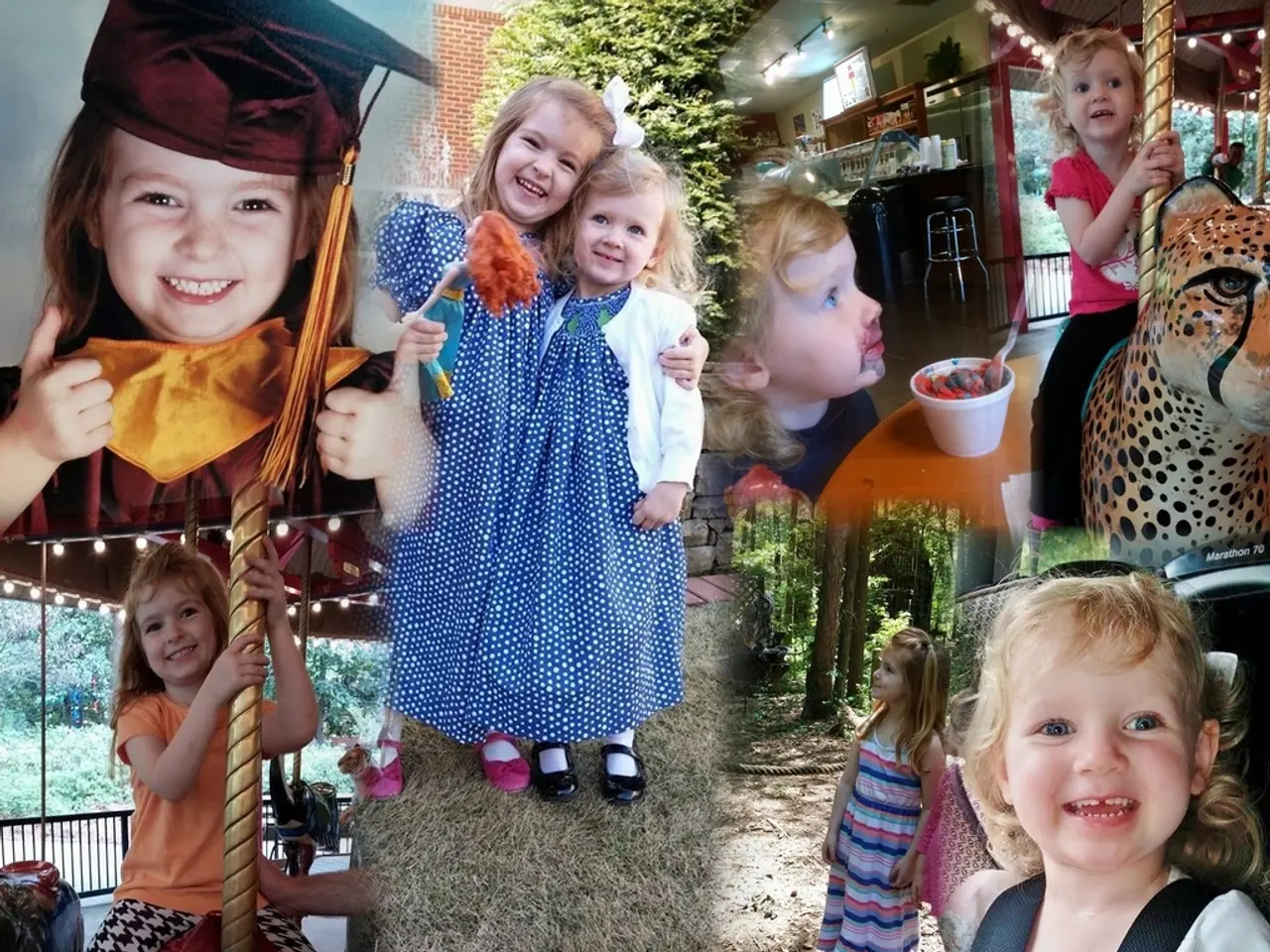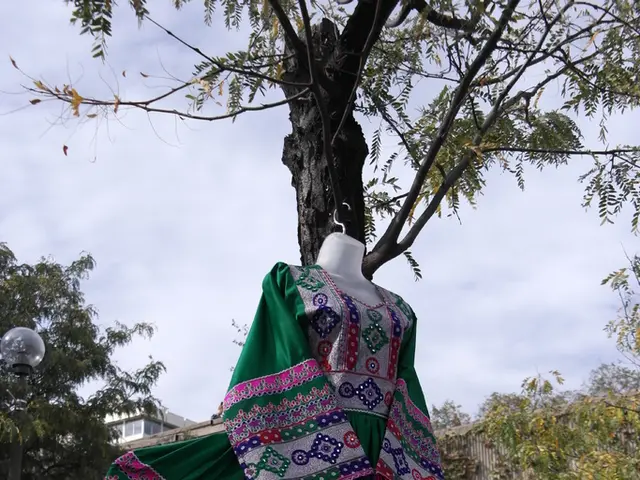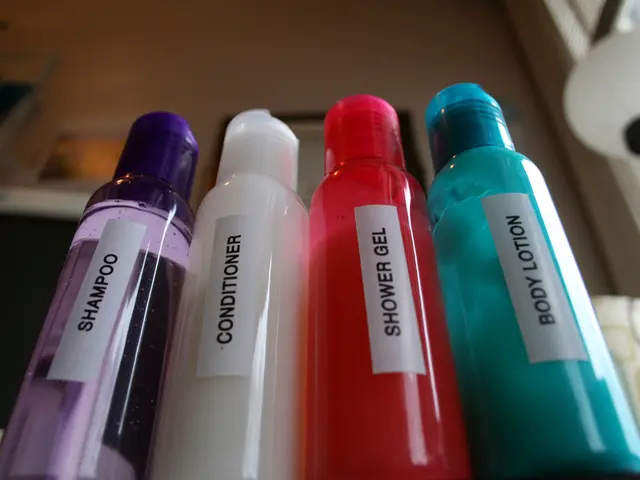Top 12 Engaging Objects for Open-Ended Play Encouraging Innate Curiosity
In the realm of childhood exploration, a revolutionary concept known as "Loose Parts Play" is gaining traction. This approach, originated by British architect Simon Nicholson in 1971, emphasises the importance of environments rich in loose parts—materials that can be moved, manipulated, and combined.
The beauty of loose parts play lies in its simplicity and accessibility. It doesn't require expensive toys to create meaningful learning experiences. Instead, it encourages the use of everyday items, such as buttons, beads, plastic gems, and textile materials like yarn, which offer diverse textures, smells, and sounds that enhance cognitive development.
Child-safe metal items, like clean aluminum cans, smooth bottle caps, and old door knobs, can also be used for play. However, all edges must be dulled and pieces properly sanitized before use. It's important to choose non-toxic materials and regularly inspect metal pieces for rust and plastic items for cracks or breaks.
Natural materials like pinecones, sticks, and leaves should be checked for sharp edges, insects, or mold before offering them for play. These materials provide unique sensory experiences through their varying weights, scents, and surfaces.
Sensory-rich loose parts play nurtures a child's natural curiosity and creativity by offering an environment that sparks imagination and supports development. Age-appropriate materials should be selected based on a child's developmental stage and safety needs.
Creating inviting play spaces with organized loose parts in clear containers at child height encourages independent exploration. Displaying photos of children's creations inspires new possibilities and validates their experimental process. Documenting children's creative exploration through photos or digital portfolios helps track development over time.
Supporting child-led discovery by observing their interests and adding materials that spark their curiosity is essential. An assortment of nuts bolts and washers can be used for creative exploration and teaching children about magnetism properties and engineering concepts. Sturdy metal rings and chain links can be used to create intricate designs, construct simple machines, or explore movement patterns.
Rotating and refreshing materials every 2-3 weeks keeps the loose parts collection dynamic and maintains interest. Metal curtains rings with clips are durable and suitable for hanging curtains.
In essence, loose parts play is more than just a play method—it's a journey of discovery, creativity, and learning. By providing a rich environment of loose parts, we're empowering children to use their imagination freely during play, fostering their natural curiosity and creativity.
Read also:
- Dual-function mattress offers both cooling and coziness at an affordable price.
- Top-Notch Weed Killers for Fences in 2025: Efficient Boundary Management Solutions for a Clean Fence Line
- Altruistic zeal and a drive to instigate beneficial transformation
- Countdown of the Ten African Nations Famous for Their Joyful Residents







